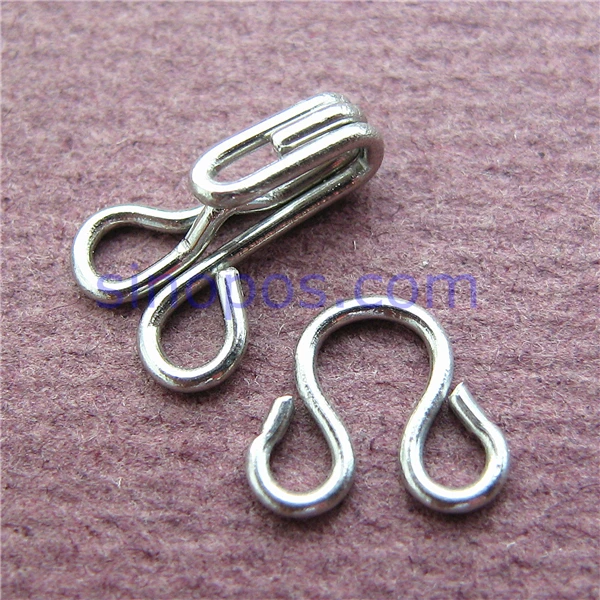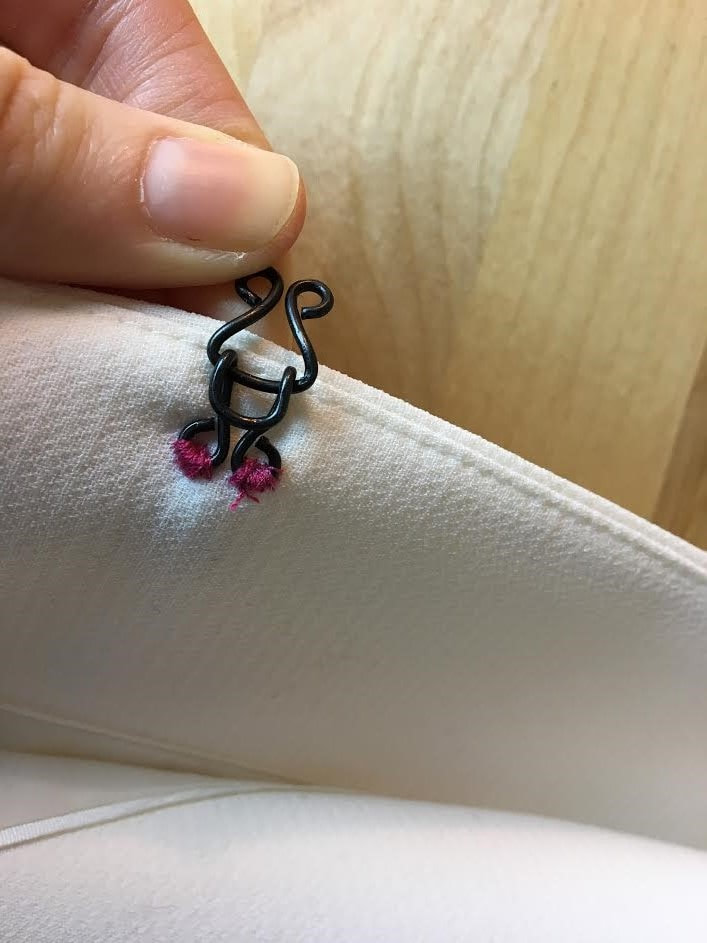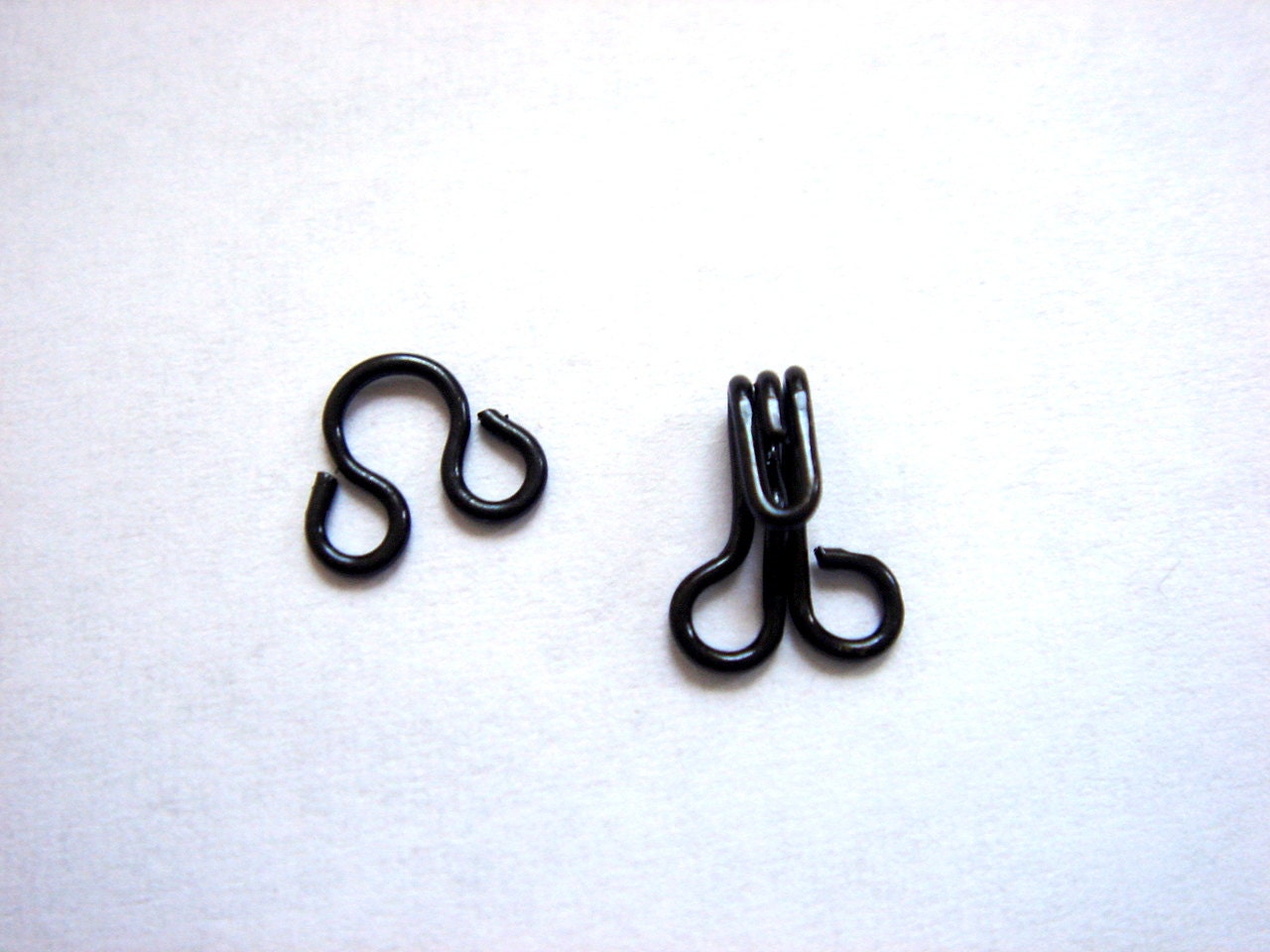

Historical Tip: “The rings of each hook should be spread, as this distributes any strain which may come on it and prevents its pulling forward.” I will definitely be trying this next time.

The fabric is a polished cotton and the raw edges have been finished with a facing strip.

This is the center front opening of the fitted lining under an Edwardian bodice, also from my collection. Now let’s move forward 40 years or so to the early 1900s.įitting lining closed with hooks & eyes at center front They also help keep the bodice from un-hooking for when the young lady danced too vigorously. They are set closer to the placket edge to keep it in place. The hooks were tacked with a continuous thread – What do you think of this? – Great for speed but the thread between the hooks is loose and messy on the inside.Īlso take notice of the very top and bottom hooks. The facing was folded to the inside, the raw edge turned under and whipstitched to the underlining just past the center line. The right side hooks follow the center back line, however the back panel was extended for a self-placket to hide the hook opening. The eyes, sticking out from the finished edge, have been hand sewn straight to the bodice inside. The left side seam allowances have been turned to the inside and topstitched to the underlining. This evening bodice, circa 1860 and in my personal collection, is 10 inches long but has 12 hooks & eyes to close it. The back opening on an antique 1860s evening bodice. Take advantage of JoAnn Fabrics’ notions wall sales. Stock up on packages of hooks, buy them in bulk. This is not good advice when making historical clothing. So completely throw out your training from your junior high home ec class on applying only four or five hooks to close a shirt. In my online research and, closer to home, studying the antique bodices in my collection, I’ve noticed a few consistencies in how seamstresses finished their bodices with hooks & eyes.įor one, they used A LOT of hooks. Inspecting original bodices – what did THEY do? Although these tips can be applied to late Victorian & Edwardian bodices, we’ll leave them out because of their complex, layered & non-uniform openings. You may already use many of the techniques below and that’s great! These are what I use in nearly all my projects for a smooth, historical-look finish.įor straightforwardness, we’ll look at simple bodice closures on a center front or back opening. True, you do have to put in the time and hand sew them on, but it doesn’t have to be a stressful process. You know, ALL those hooks & eye to hand sew on.ĭo they need to be right on the edge, or are they placed further back from it? It so often seems that after you spend hours on a project that you’re very proud of, you come down to that bodice opening that you dread finishing.


 0 kommentar(er)
0 kommentar(er)
